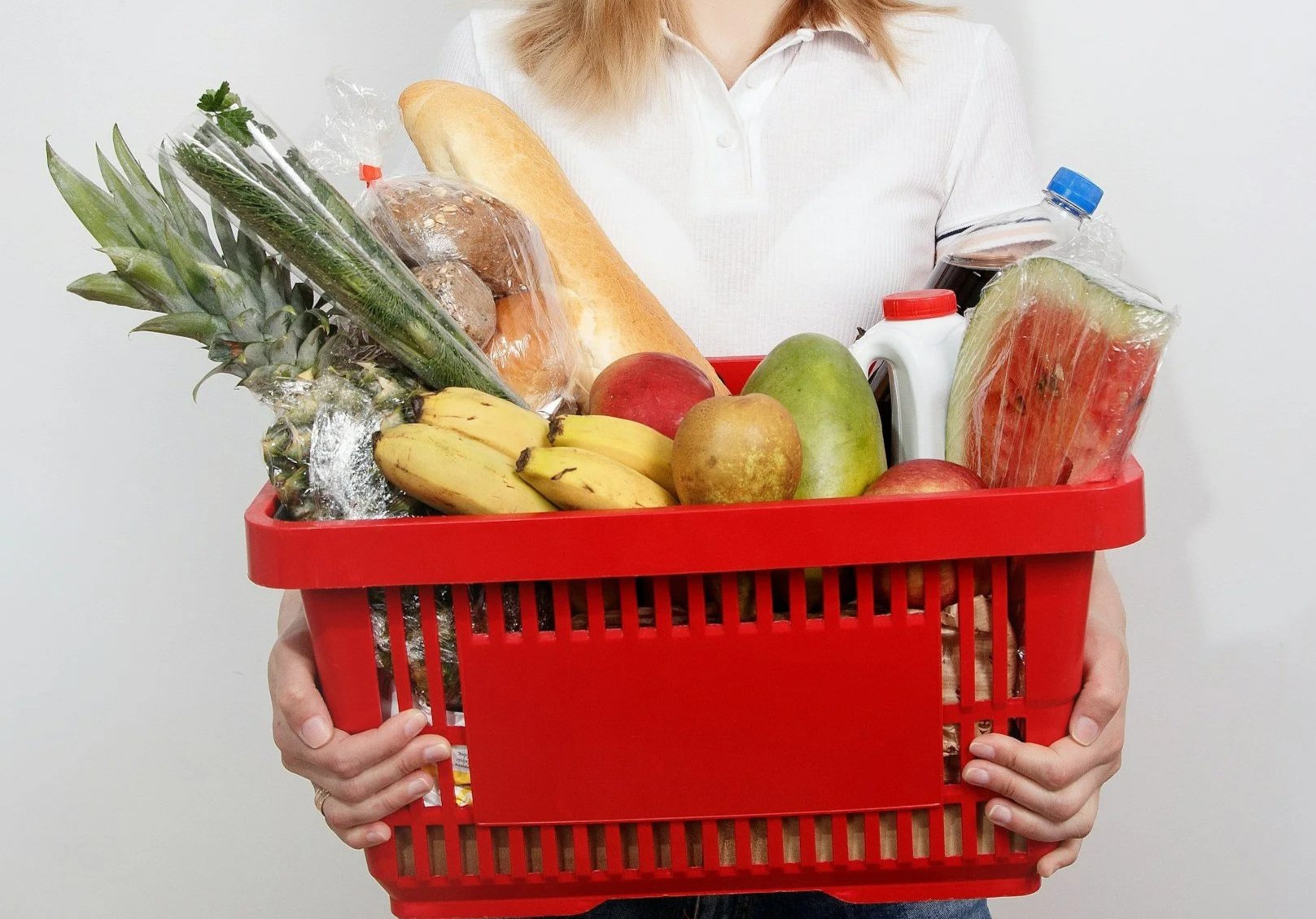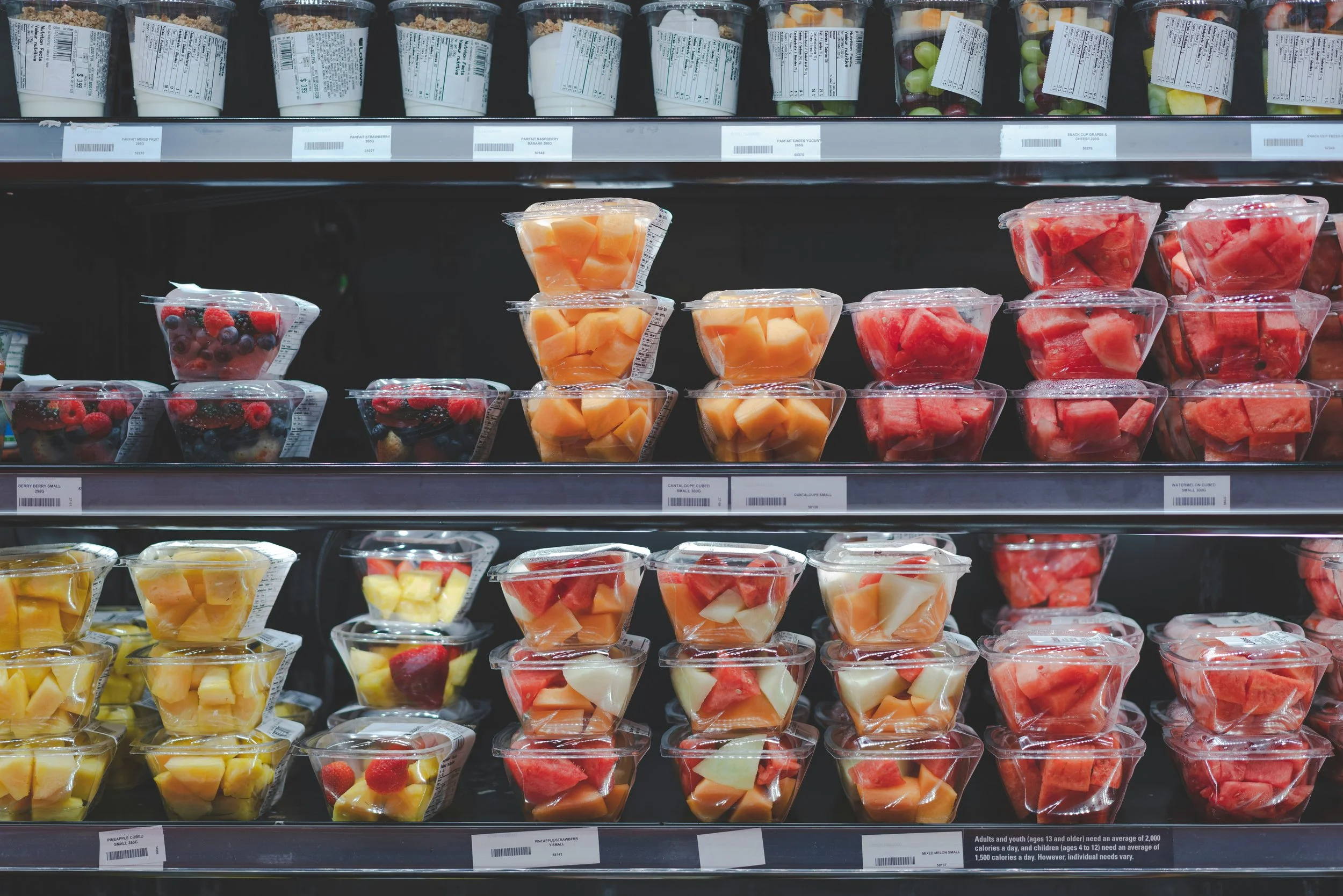Price, health, and convenience: What’s really driving food choices in 2025
If your clients (or friends, family, or anyone else) have been telling you how tough the supermarket shop feels right now, they’re not imagining it. A tight economy is reshaping the way Australians buy, cook, and eat; the latest data shows some clear patterns that matter for nutrition practice.
Our Curious Foodie, Dr Kylie, recently tuned in to a Hort IQ webinar where Natalie Darcy and Shansel Sami, from NIQ, shared fresh NIQ insights on what’s driving growth in the fruit, vegetable, and nut sectors.
Here are her top takeaways for nutrition professionals and healthy eating advocates to keep in mind.
(Credit: Photo by Liuba Bilyk on Unsplash)
Across the board, three motivators consistently rise to the top:
Price matters. It’s still the number one driver of food purchasing decisions.
Health is a strong motivator. Both physical and mental wellbeing continue to influence choices.
Sustainability is on the radar. Shoppers care - but only when it doesn’t clash too much with cost, convenience, or availability.
While health and sustainability remain important, price is the filter through which most choices are being made.
The ripple effects of a tight economy
Although inflation has technically “settled,” the baseline cost of many staples is higher than it was a few years ago. This has sparked some consistent shifts in behaviour:
Less loyalty, more hunting. Around half of shoppers now visit four or more supermarkets, chasing value rather than sticking with one store.
Smaller baskets, more trips. People are buying less each time, but shopping more often.
Discount retailers are growing. ALDI and Costco continue to pick up share.
Online grocery is winning ground. Click & collect and home delivery options from Coles and Woolworths are increasingly attractive, even at a premium.
For nutrition professionals and healthy eating advocates, this means clients may be cobbling together their weekly food supply from multiple sources — sometimes fresh, sometimes frozen, sometimes bulk.
Fresh produce: a mixed bag
Here’s where it gets especially interesting for dietitians and nutritionists.
Vegetables are down. Households are buying fewer fresh vegetables overall as prices creep higher.
Convenience is king. Despite being higher cost per kilo, sales of fruit salad and salad kits are up compared to last year. This may reflect smaller basket sizes (buying only what’s needed) and a preference for ready-to-use produce over half-used veg going limp in the fridge.
Image: Growth continues for ready-to-consume fruit salads and salad kits, showing that convenience still sells. (Credit: Photo by White.Rainforest ™︎ ∙ 易雨白林. on Unsplash)
What this means for practice
For those working in nutrition counselling, public health, or food systems, a few implications stand out:
Cost remains the biggest barrier. Even health-motivated consumers are compromising when fresh options are expensive.
Frozen and pre-prepared can be allies. Highlighting the nutritional value of frozen fruit and veg - or the practicality of pre-chopped salad kits - can help clients meet their needs without waste.
Shopping behaviour is fragmented. Clients may already be juggling multiple stores and shopping formats. Understanding where and how they buy food is key to making tailored, realistic recommendations.
Our key takeaway?
Shoppers are trying to balance health, cost, and convenience in a challenging food landscape. For nutrition professionals, acknowledging these pressures — and leaning into flexible, affordable solutions — can make our advice more practical, relevant, and empathetic.


